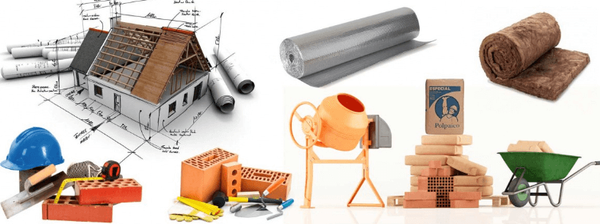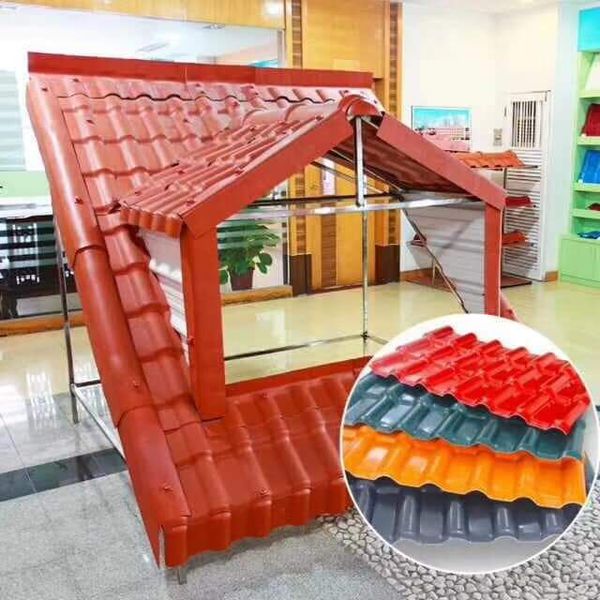Vietnamese building materials dominate the domestic market
Enterprises in building materials have increased investment in building production plants, research and development departments for new products. Especially, in big cities like Hanoi, Da Nang, Ho Chi Minh City. In Ho Chi Minh City… began to appear business centers, distributing building materials in the chain from A – Z (to provide building materials, design consulting services…).
Mr. Tong Van Nga, Chairman of Vietnam Association of Building Materials, said that Vietnam’s building materials consumption market still has a lot of potential. Over the past time, enterprises in the building materials industry have been constantly investing, innovating and developing in production, business, and market expansion. The design capacity and output of some building material products (sanitary ware, cement, iron, steel…) of Vietnamese enterprises have increased three times compared to 10 years ago. Vietnamese building materials have diverse and rich designs, product quality meets the standards of developed countries, fully meeting the increasing and diverse use needs of the domestic market, gradually replacing them. imported goods. In particular, many types of construction materials in Vietnam have the world’s leading quantity and types (cement, ceramic, construction…). However, comparing the advantages in the domestic market, Vietnamese products are still subject to fierce competition from the majority of Chinese products and imported products from many minority countries.

The reason why Vietnamese building materials struggled in the domestic market was analyzed by Dr. Luong Duc Long, former director of the Institute of Building Materials (Ministry of Construction), due to the investment and development of some types of building materials. The production scale is not reasonable, the production scale is small and scattered (households, small and medium enterprises producing bricks and construction ceramics), the investment efficiency is not high. This leads to products with few designs and low quality, which are not better compared to imported goods, so it is difficult to take advantage of market share. Next, the process of developing new building materials is slow, and there are not many new products to meet domestic demand. Besides, research and development activities have not been paid much attention by enterprises, or investment is inefficient, research has not been associated with investment and production, wasting both resources and human resources.
Building materials is an important manufacturing industry, while Vietnam is experiencing a boom in infrastructure construction and urbanization today. The Ministry of Construction has developed a strategy for the development of building materials in Vietnam for the period of 2021 – 2030, with a vision to 2050. Accordingly, investment in new construction material production projects and capacity projects will be prioritized. large in areas with favorable conditions for raw materials, conditions for industrial development, convenient transportation infrastructure and near consumption markets. Encourage all economic sectors to participate in investment, production of building materials, development of mechanical engineering for the building material industry. In production, using advanced and modern technology, saving raw materials and fuel, reducing environmental pollution… Especially, developing diversified types and models of products, especially products with new features. , has high economic value, adapts to climate change, is sustainable in the marine environment, has a high competitive advantage.

According to Mr. Tong Van Nga, in the coming time, the process of urbanization and industrialization in Vietnam will continue to take place strongly, so the development of building materials to meet market demand is inevitable. Enterprises in the industry have also increased investment in building production plants, research and development departments for new products. Especially, in big cities like Hanoi, Da Nang, Ho Chi Minh City. In Ho Chi Minh City… began to appear trading centers, distributing building materials in the chain from A – Z (to provide building materials, design consulting services…) to reach the market and buyers from many sides. These distribution enterprises deal in up to 80% of domestically produced products. On the part of manufacturing enterprises, they have invested in producing building materials with large capacity, developing competitive, environmentally friendly products, diversifying product categories with high quality, to gradually increase the domestic market share, reduce the consumption of imported goods in the low-priced and poor-quality segments.







